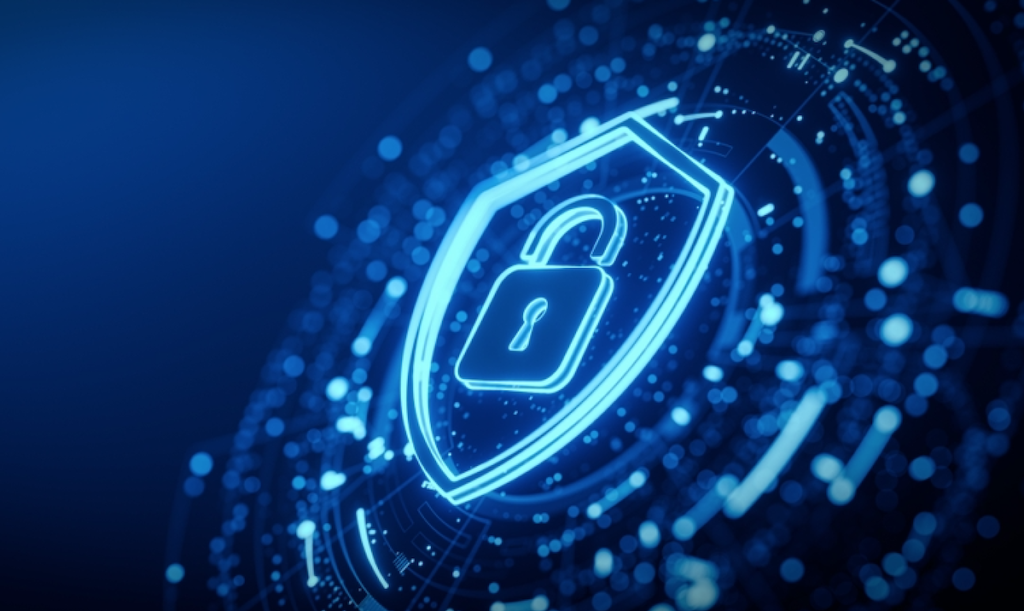
In today’s high-stakes digital business battlefield, cybersecurity isn’t just for the IT team.
Cyber threats are a growing challenge for businesses of all sizes, and against this backdrop, the role of chief financial officers (CFOs) and senior leaders in cyber resilience is growing as critical as their oversight of finance or compliance.
Finance functions, after all, tend to hold the keys to the enterprise kingdom: high volumes of sensitive data about payment information, financial forecasts, internal strategies, external partners and more.
A cross-functional approach that includes finance helps ensure that cybersecurity measures are aligned with business priorities and can adapt to evolving threats without sacrificing innovation.
And the evolution of the CFO from bean-counter to business partner to cyber-savvy leader is especially important as finance teams play an increasing role in digital initiatives—including embracing automation, AI-driven financial analytics ) and electronic commerce payments. CFOs’ expertise in risk management, regulatory compliance, and resource allocation leaves them well-positioned to protect cybersecurity.
Read more: How Finance Leaders Mitigate the Invisible Costs of Uncertainty
Cross-Departmental Cyber Defense
Rather than viewing cybersecurity as a cost center, finance leaders should position it as a strategic asset that mitigates risk, strengthens operational continuity, and maintains investor confidence.
Bank of America pointed out earlier this month that, “If cybercrime damage were a state, it would be the third largest in the world economy.” The global bank noted that the cost and prevalence of cyber-attacks is increasing alongside increases in digitization and AI.
A finance-led approach to cyber resilience deploys security protocols that protect these digital assets while enabling growth, adding an additional layer of accountability and oversight.
“The role of the treasurer and the CFO has evolved and will continue to evolve”, Adrienne Bloommanaging director, head of Asia Pacific financial institutions, corporate bank in Bank of Americasaid of PYMNTS. “It’s becoming a bigger and broader job.”
CFOs can introduce frameworks that assess the cybersecurity risks of new initiatives along with their projected return on investment (ROI). By calculating the risk-adjusted benefits of implementing security-enhancing measures early on, CFOs ensure that innovation continues without exposing the company to increased cyber risks.
While many C-suite executives, including CFOs, may lack deep technical knowledge of cyber threats or may feel that cyber security is outside their area of expertise, cyber resilience is no longer a responsibility that can be taken lightly from IT alone, especially as it affects not only the organization’s cyber perimeter but also its payment processes.
“The trick is growing just as fastor faster than the rate at which the overall B2B market is growing,” Erik Frankovicgeneral manager of business payments at WEXsaid of PYMNTS.
Read more: CFOs adapt to cyber warfare as risk management evolves
Cyber resilience as a strategic imperative
For companies to build defenses that adapt to evolving threats without stifling progress, CFOs and the C-suite must embrace a proactive approach to cybersecurity. By fostering cross-departmental collaboration and embedding sustainability in digital initiatives, finance leaders can secure the digital future of their organizations while maintaining growth.
Alice Cadedirector of financial services in Office of the CISO IN Google Cloudtold PYMNTS that cyber security should be “baked into the DNA” of a business. It cannot be hidden within the IT department, but must be integrated into every part of the organization, from business processes to leadership decision-making, adding that this is especially true in financial services.
In separate interviews for “What’s next in payments“, executives also told PYMNTS that a multi-layered security strategy, also known as defense in depthit is crucial for reducing risks at different levels. This approach means implementing multiple security measures across the entire enterprise network.
One of those keys protective layers it is increasingly the digitization of legacy and paper based payment workflows. With workflows digitized, businesses are able to turn to AI and machine learning (ML) technologies to detect anomalies in payment transactions in real time. These systems can analyze large amounts of data to identify unusual patterns that may indicate fraud or cyber-attacks.
“What you want to do is catch it before it becomes a crisis,” he said Rick Kenneallychief technology officer at Growth of payment solutions. from PARTNERSHIP with companies providing early warnings about threats and fraud when they independently see them, such as domain spoofing attempts, businesses can stay ahead of potential threats.
